Female One-Hit Wonders From the ’70s Worth Remembering
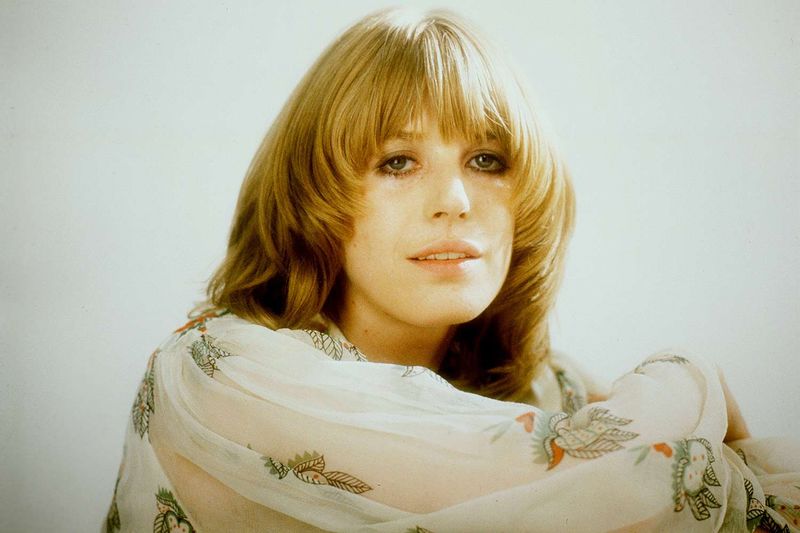
The 1970s music scene sparkled with female talent who briefly captured our hearts with unforgettable hits. These women may have only climbed the charts once, but their songs became part of the soundtrack of a generation. From disco queens to rock pioneers, these eight female artists created musical moments that continue to resonate decades later.
1. A Taste of Honey – “Boogie Oogie Oogie” (1978)
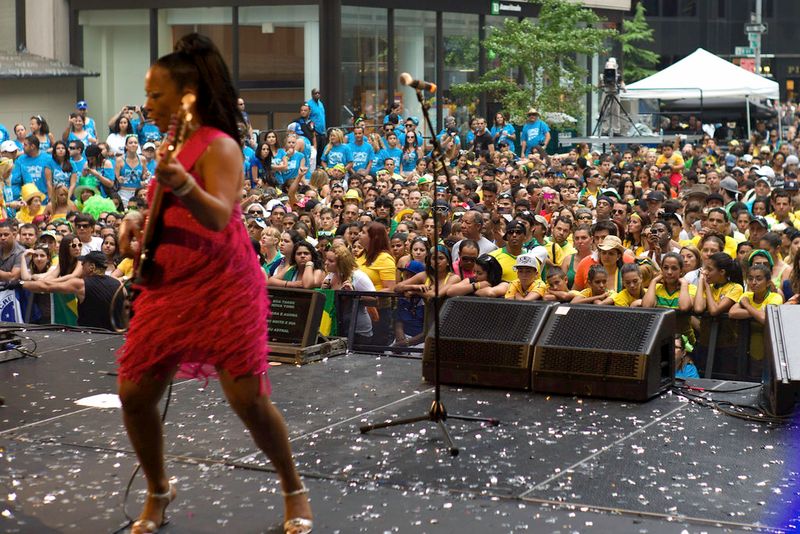
When bass player Janice Marie Johnson and guitarist Carlita Dorhan unleashed “Boogie Oogie Oogie” on dance floors, America couldn’t resist moving. The funky bass line, catchy chorus, and infectious groove helped the song spend three weeks at #1 on the Billboard charts.
A Taste of Honey made history as the first all-female band to top the R&B charts with a song they wrote and performed themselves. Their Grammy for Best New Artist seemed to promise a bright future that never quite materialized.
Despite releasing several follow-up albums, the duo couldn’t recapture the magic of their disco anthem. Still, their groundbreaking presence as female instrumentalists inspired countless women to pick up instruments in a male-dominated industry.
2. Marianne Faithfull – “The Ballad of Lucy Jordan” (1979)
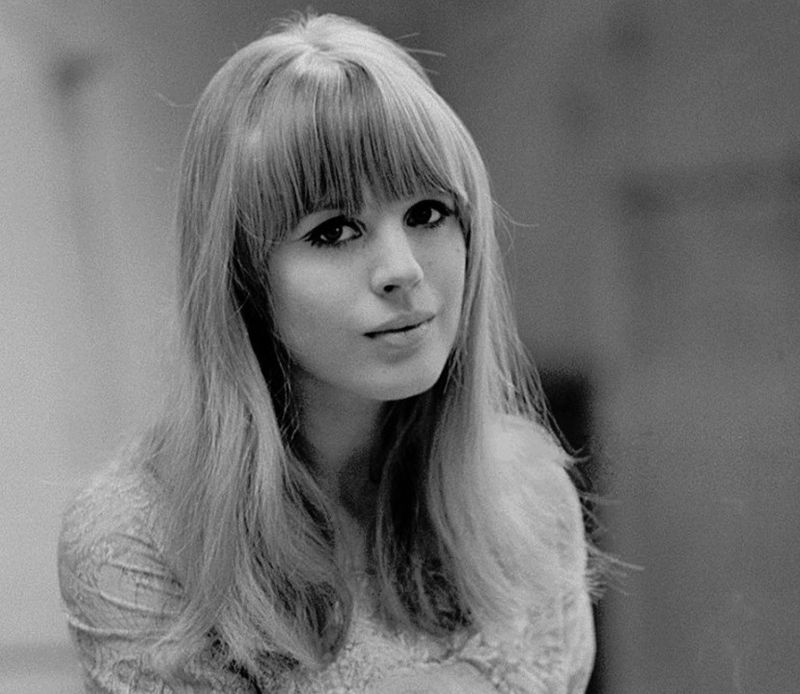
From rock muse to solo artist, Marianne Faithfull’s haunting voice found its perfect match in this melancholy masterpiece. The song tells the story of a housewife facing the crushing reality that her dreams may never come true.
Though Faithfull had earlier connections to the Rolling Stones (she dated Mick Jagger), this track marked her true artistic breakthrough. Her weathered vocals, shaped by years of hard living, gave the song an authenticity that still sends shivers down listeners’ spines.
The track later found new audiences in films like Thelma & Louise, introducing Faithfull’s distinctive voice to younger generations who missed her brief chart success in the late ’70s.
3. Cyndi Grecco – “Making Our Dreams Come True” (1976)
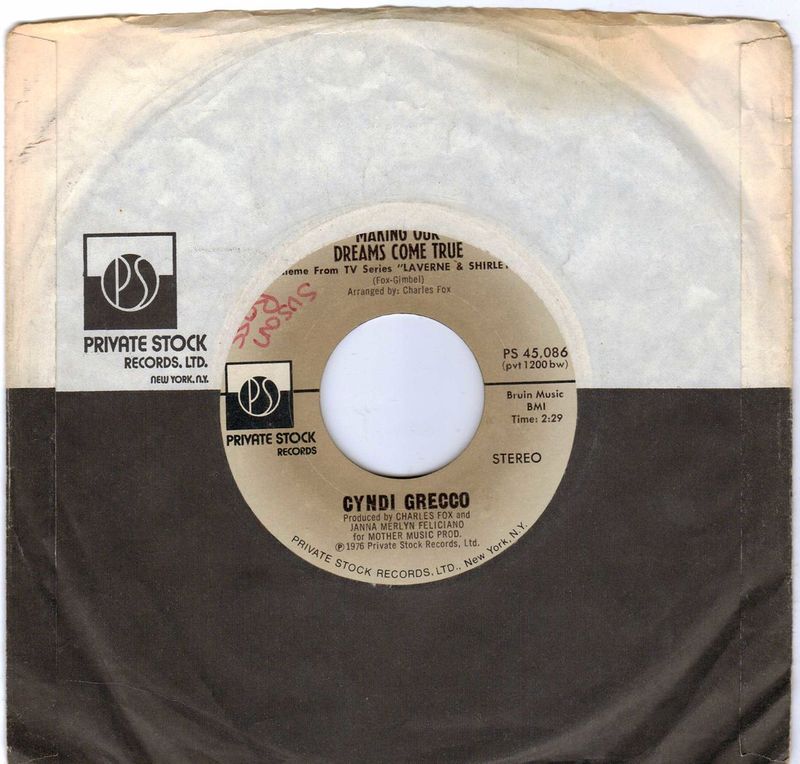
Every Tuesday night, millions of Americans heard Cyndi Grecco’s voice without knowing her name. Her peppy anthem opened one of TV’s biggest sitcoms, Laverne & Shirley, becoming instantly recognizable across the country.
The cheerful tune perfectly captured the optimistic spirit of two working-class women chasing their dreams in Milwaukee. Behind the scenes, Grecco was a talented vocalist who never quite broke through beyond this television theme song success.
Despite recording a full album and appearing on variety shows, Grecco remained primarily known for those 60 seconds of television magic that still trigger nostalgia for anyone who grew up with ’70s television.
4. Andrea True Connection – “More, More, More” (1976)
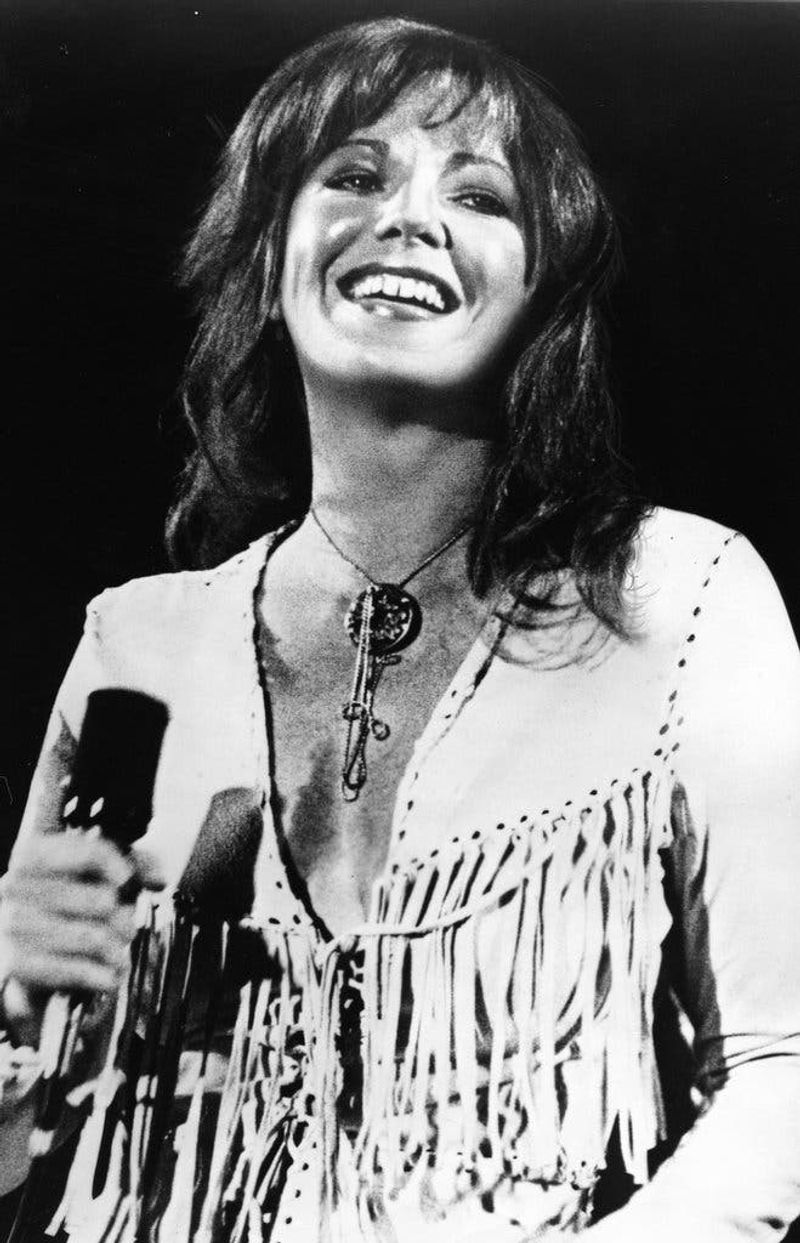
Few disco anthems have a backstory as unique as Andrea True’s sultry hit. The former adult film actress recorded the track in Jamaica while unable to take her earnings out of the country due to political restrictions. Her solution? Spend the money on studio time instead.
The resulting song, with its suggestive lyrics and hypnotic beat, climbed to #4 on the charts and became a disco essential. True’s breathy vocals and the song’s unforgettable horn riff created dance floor magic that transcended her controversial past.
Though she never matched this success again, “More, More, More” continues its cultural journey through samples in songs by Len and Christina Aguilera, keeping Andrea’s musical legacy alive for new generations.
5. Vicki Sue Robinson – “Turn the Beat Around” (1976)
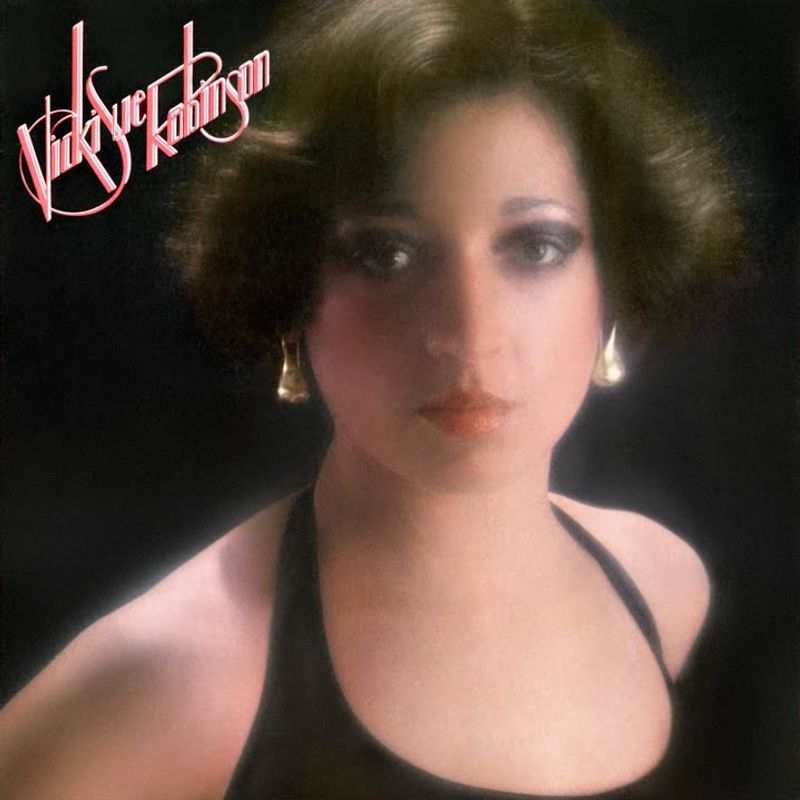
Broadway performer Vicki Sue Robinson moonlighted in studio sessions before unexpectedly becoming disco royalty. Her powerhouse vocals on “Turn the Beat Around” showcased her incredible range and earned her a Grammy nomination.
The song’s complex rhythm and Robinson’s rapid-fire delivery of tongue-twisting lyrics made it a challenging but irresistible dance floor favorite. Music insiders recognized her exceptional talent, but radio programmers never embraced her follow-up singles with the same enthusiasm.
Robinson returned to theater and background vocals after her brief chart success. Gloria Estefan’s 1994 cover introduced the song to a new generation, but those who remember the original know Robinson’s version remains unmatched in its raw energy and vocal athleticism.
6. Fanny – “Butter Boy” (1975)
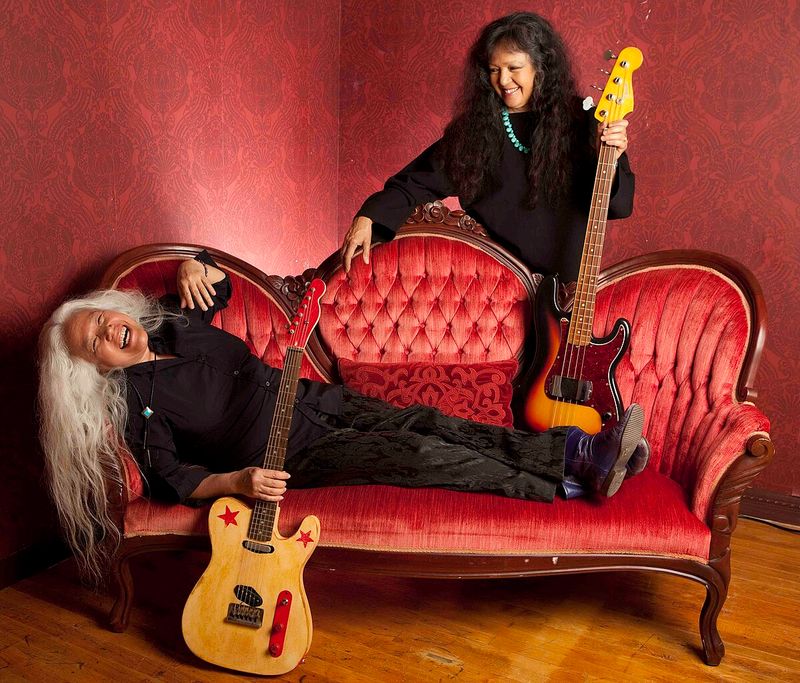
Rock history often overlooks Fanny, one of the first all-female rock bands signed to a major label. Keyboard player Nickey Barclay and her bandmates paved the way for women in rock, earning praise from David Bowie who called them “one of the most important female bands in American rock.”
Their playful hit “Butter Boy” finally brought them commercial success after years of critical acclaim. Rumored to be about Barclay’s brief relationship with Jimi Hendrix, the song climbed to #29 on the charts with its cheeky lyrics and catchy melody.
The breakthrough came too late, as the band had already begun to splinter. Their pioneering role in rock has been rediscovered in recent years, with musicians from The Go-Go’s to The Runaways citing them as crucial influences.
7. Silver Convention – “Fly, Robin, Fly” (1975)
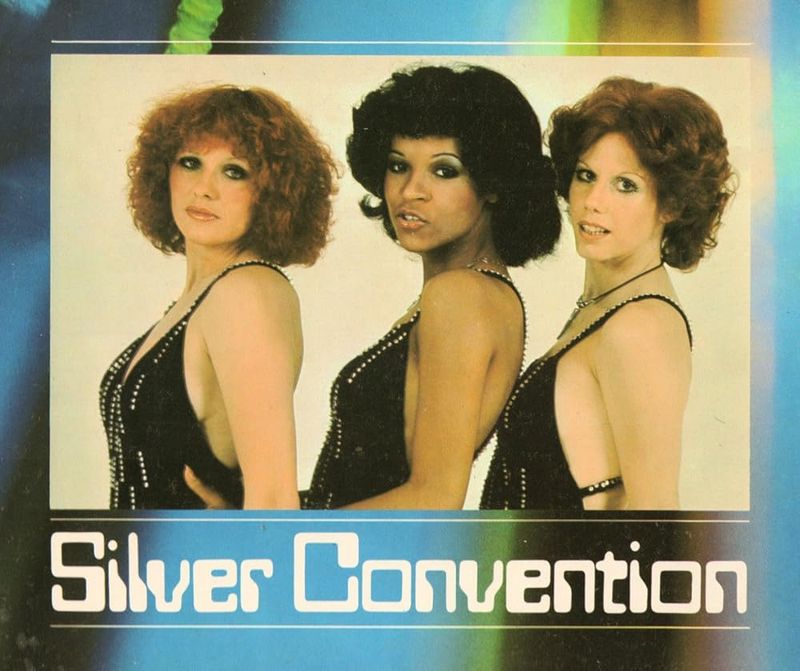
Three words repeated over a hypnotic disco beat somehow became one of 1975’s biggest hits. Silver Convention, a German studio project featuring singers Penny McLean, Ramona Wulf, and Linda Thompson, struck gold with this minimalist approach to disco.
The song’s simple lyrics—just “Fly, robin, fly” and “Up, up to the sky” repeated throughout—didn’t prevent it from soaring to #1 on the American charts. The group’s producers focused on creating an irresistible instrumental track that let the singers’ harmonies shine without complex wordplay.
Though they scored another hit with “Get Up and Boogie,” the trio never matched their debut’s success. Their pioneering Euro-disco sound, however, influenced dance music for decades, setting the template for producer-driven dance acts.
8. Yvonne Elliman – “If I Can’t Have You” (1977)
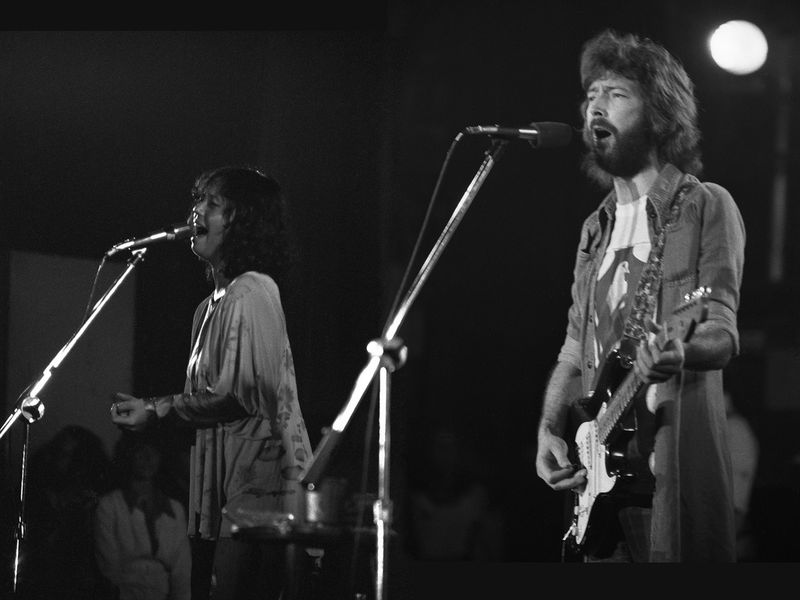
Before her disco breakthrough, Yvonne Elliman’s powerful voice was already familiar to rock fans as Mary Magdalene in the original “Jesus Christ Superstar” and as a backup singer for Eric Clapton. Her moment in the spotlight came via the Saturday Night Fever soundtrack with this Bee Gees-penned heartbreaker.
The emotional ballad showcased Elliman’s ability to bring vulnerability to the disco genre, helping the song reach #1 in 1978. Her connection to the Bee Gees began years earlier when she recorded their song “I Can’t Explain” for the Jesus Christ Superstar film.
Though she had several minor hits, nothing matched the cultural impact of this disco classic. Elliman eventually stepped away from the music industry to focus on family, leaving behind a small but significant legacy in ’70s pop culture.

Comments
Loading…